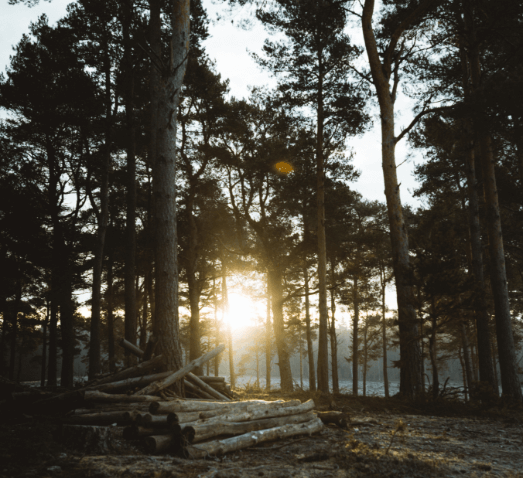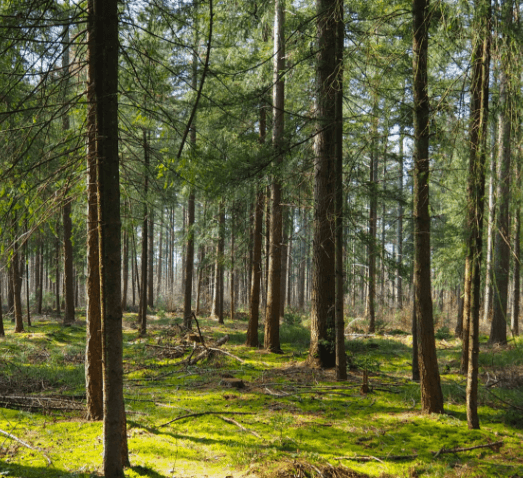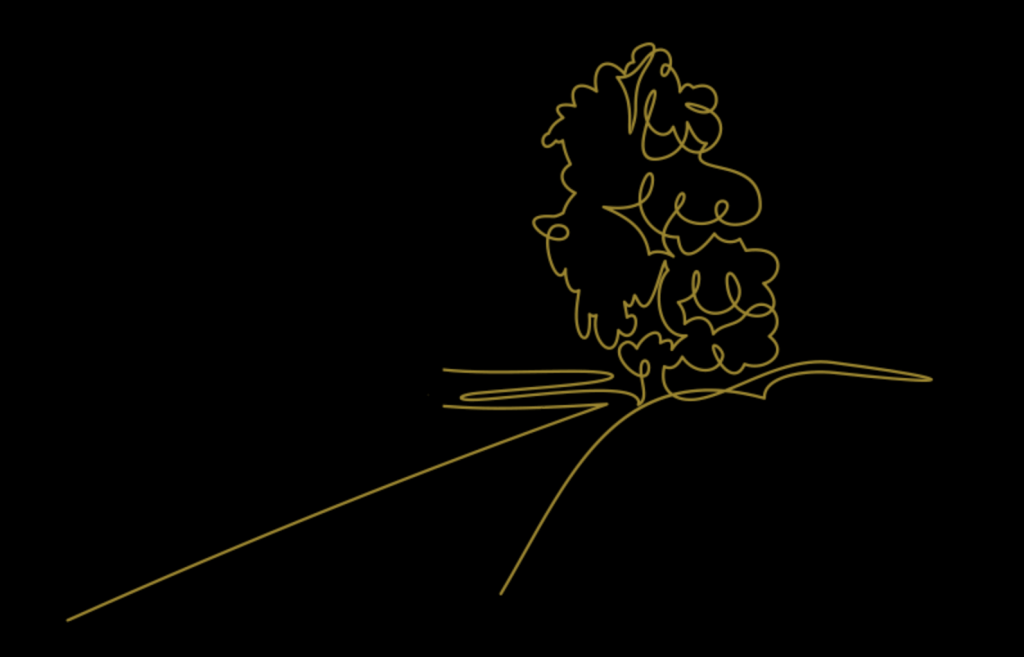Tree Population
Winnipeg has an estimated 8,000,000 trees within its urban canopy. There are several species that make up our tree population, with the most common being Ash & Elm trees. Speaking of, Winnipeg is also home to the largest urban population of Mature elm trees of any city in North America and quite possibly the world. It is estimated Winnipeg has over 160,000 Elm trees and 356,000 Ash trees making up 40% of our urban forest, which is staggering when put into perspective. The city also spends on average 2.1 Million dollars annually to plant between 700-2400 trees per year, and mayor Brian Bowman has pledged a goal to plant over a million trees by 2040 just by the time our population hits 1 Million residents.
This might sound like all is well for our trees, but Dutch elm disease and the emerald ash borer are threatening two-thirds of our urban canopy. We are currently losing thousands of trees annually thanks to these diseases, a monoculture planting of the past, as well as lack of public education. Worst of all, misinformation being spread about our real tree threats, alongside lack of action in respect to protecting our trees, are making matters much worse. Here, we will uncover the real threats to our urban canopy and what can be done NOW to slow the spread of these diseases and save our trees.
Dutch Elm Disease
Dutch elm disease is a fungal disease that is spread by both a native and an introduced bark beetle whose larvae tunnel under the outer bark and create distinctive feeding ‘galleries’. The first signs of the disease are upper branches dying and leaves turning yellow in mid-summer, then gradually, the damage spreads to the rest of the tree which eventually dies. DED entered Manitoba via diseased elm firewood from the United States, found in 1975, when homeowners and government officials initiated a DED program. The program is still ongoing today and includes DED surveillance, removing DED-infected trees, elm pruning, public education, research, and tree planting. Thanks to Provincial and Municipal governments, private industry, the academic community, and the general public that healthy, mature elms are still a part of Manitoba’s landscape and and we want to keep it this way.
- Since 2016, Winnipeg has lost more than 33,000 Elm trees to dutch elm disease according to the city of Winnipeg. The disease is highly contagious and quick removal of all infected trees is key. Unfortunately, significant delays in removing the tagged elms, inadequate budget allocation, misinformation and other factors have caused DED infection rates to skyrocket in recent years, according to Trees Winnipeg.
- It is estimated that Winnipeg loses an average number of 5,000 Elms per year due to Dutch elm disease. This number skyrocketed substantially in 2020, as 8000 Elm trees were unfortunately removed due to Dutch elm.
The Emerald Ash Borer
The EAB is an invasive wood boring insect that was introduced into north America from China and eastern Asia. The Emerald Ash borer attacks and kills healthy and stressed ash trees, and all ash species are susceptible in varying degrees. The EAB attacks trees when in larval stages whether the trees are healthy or stressed, cutting off the flow of nutrients and water causing the tree to die. The beetle was recently detected in Winnipeg and once detected, it cannot be eradicated. this insect is responsible for killing millions of ash trees in the US and Canada.
- Since EAB is very hard to detect in early stages, it often goes unnoticed until it’s too late. For this reason, EAB has been difficult to control and manage. Prevention measures and early detection are the best defence against this devastating invasive forest insect.
- Winnipeg is at risk to lose all of its ash trees over a 10-year period, resulting in a loss of at least 30% of our boulevard and park trees valued at approximately $437 million. Many ash trees on private property are also at risk of becoming infested over the next decade.
How We Can Save Our Trees Now!
Please see below for provisions that can be implemented NOW to save our trees. We truly believe investing our time and resources into combating the most invasive diseases known to wipe out entire tree populations will yield us the absolute best results. By rallying against tree diseases in numbers, we slow the spread in numbers, and by planting trees that are less susceptible to these diseases, we’ll ensure a lush canopy that thrives now and for future generations. After all “The future depends on what you do today” – Mahatma Gandhi
- TREE DIVERSITY “One of the most distinctive and important aspects of our community is our tree canopy. But we know that it’s facing a grave reality with the invasions of Dutch elm disease (DED) and the emerald ash borer. As we are dealing with the infection and removal of many our senior trees, it’s crucial that we work to diversify our canopy with a variety of different species of trees to avoid a similar situation to what we are currently facing with the elms and ashes” – Orlikow.Ca.
- WATERING TREES The simple act of regularly watering an elm on a City boulevard could give it the edge it needs to survive, which in turn will help protect any surrounding elms – including the ones on your property. Similarly, the elm bark beetle doesn’t care about property lines; it thrives in our backyards, our parks, our boulevards, and in that illegal pile of elm wood in your yard. – Trees Winnipeg
- PUSH FOR QUICK REMOVAL “Dutch Elm disease is highly contagious and quick removal of all infected trees is key. Unfortunately, significant delays in removing the tagged elms, inadequate budget allocation, misinformation and other factors have caused DED infection rates to skyrocket in recent years, according to Trees Winnipeg.” If we truly care about our trees, we should be bringing attention to the time it takes to remove infected trees. The longer infected trees sit, the more Dutch elm disease spreads, which negatively impacts even more trees over time. Quick removal of all infected trees is Key!
- ELM WOOD AWARENESS DED spores are spread by elm bark beetles. These tiny beetles breed in recently dead or dying elm wood, so it’s important to dispose of any elm branches (5 cm thick or larger) or elm firewood on your property. The City of Winnipeg recommends chipping the wood into mulch or taking the wood to Brady Landfill.
- REGULAR TREE CARE Regular tree care (watering and pruning) can help reduce the general stress on trees and can help make them less susceptible to disease. Removing dead branches can help prevent DED and other diseases, especially if pruning cuts are made correctly and the tree can heal over them properly. Please note that Tanglefoot© Bands or “sticky bands” are used for cankerworm control and have not been proven to prevent DED.
- OBSERVE THE ELM PRUNING BAN Elm bark beetles are highly attracted to freshly cut wood in spring and early spring pruning can increase the likelihood of DED infection. For this reason, elm pruning is banned in Manitoba from April 1 to July 31. Complete elm tree removals (even infected trees) can be done at any time of year.
- CARE FOR CITY OWNED TREES Yes! WATER city trees. We have experienced drought in recent years. During the spring and especially the summer months, watering your boulevard trees will go a long way in helping them fight off any disease and pests. If you wish to have boulevard or other city-owned elm treated or pruned at your own expense, you can apply for permission by filling out a property owners agreement and you can hire from a list of arborists recommended by the city of Winnipeg.
- EDUCATION Please, let’s educate ourselves and our neighbours on the mitigating of such diseases and insects. Being radically transparent about what is negatively impacting our trees and spreading quality information will save trees in numbers no other actions could.



